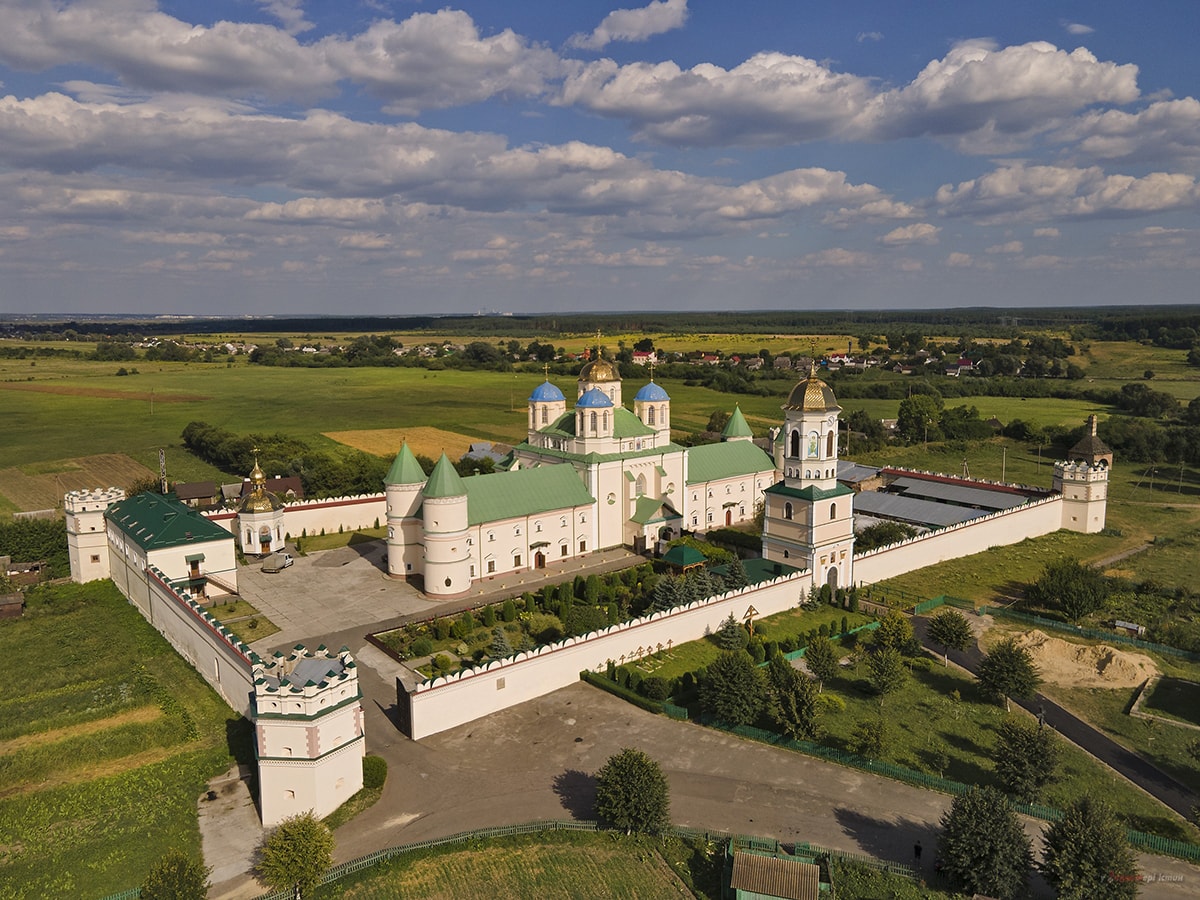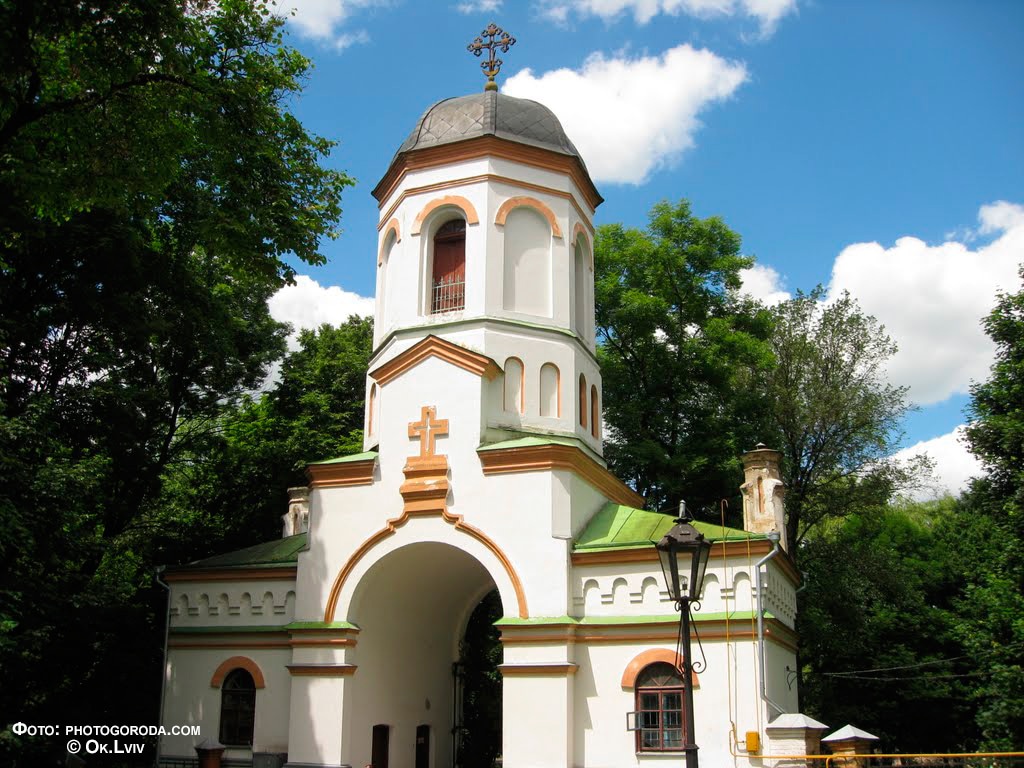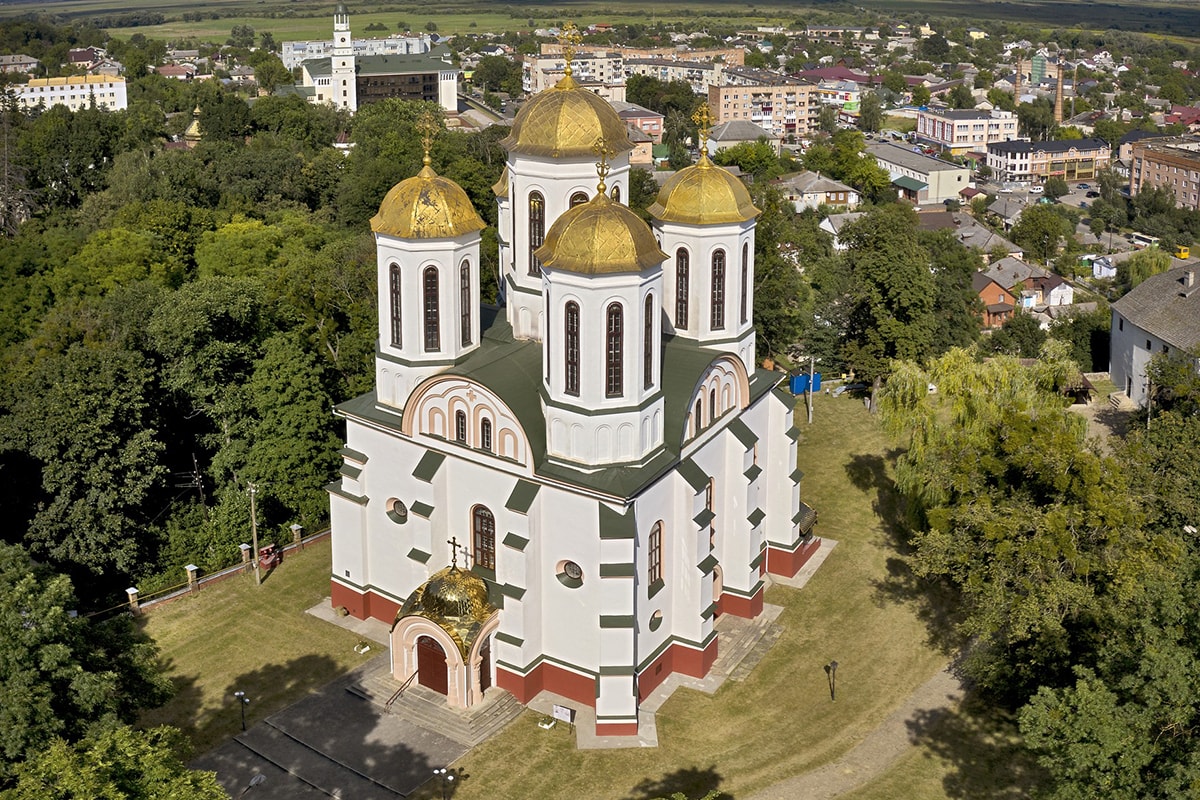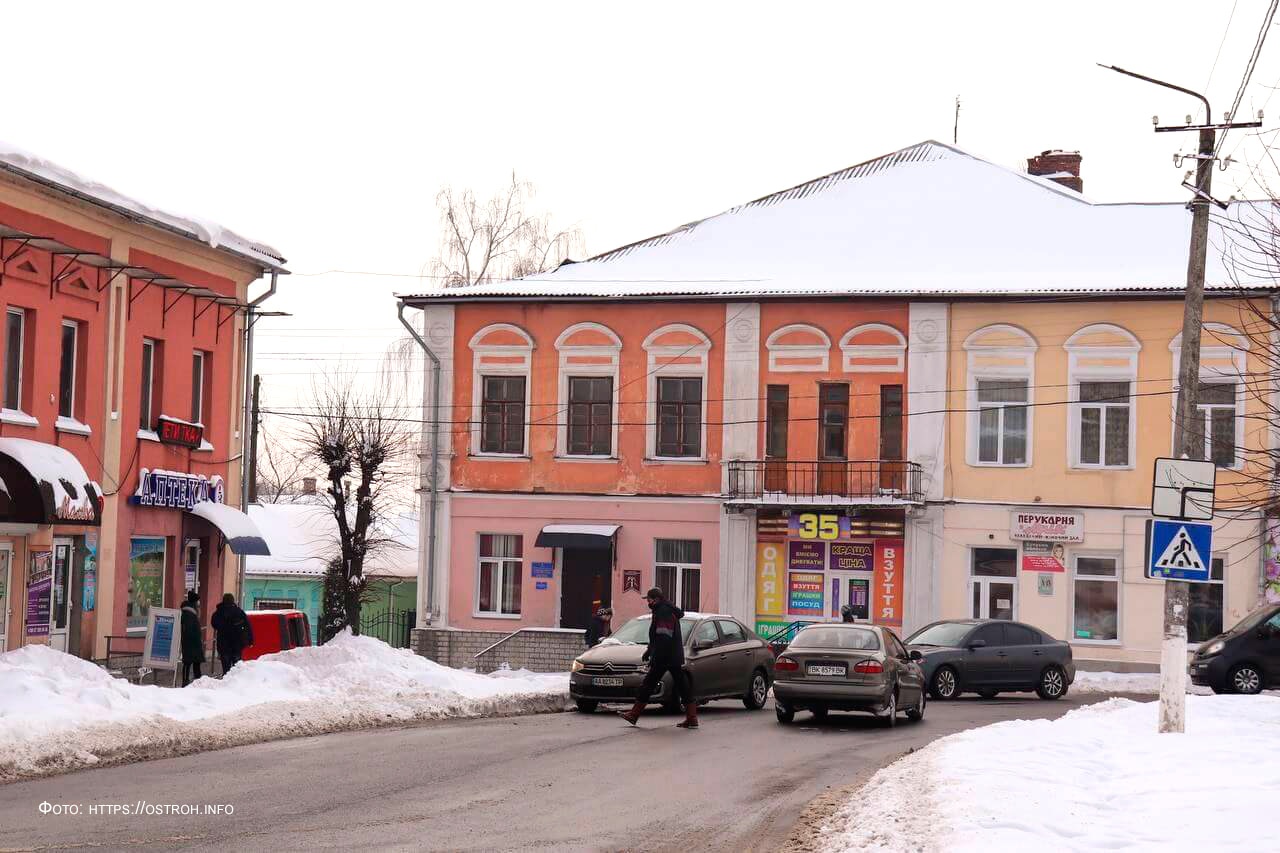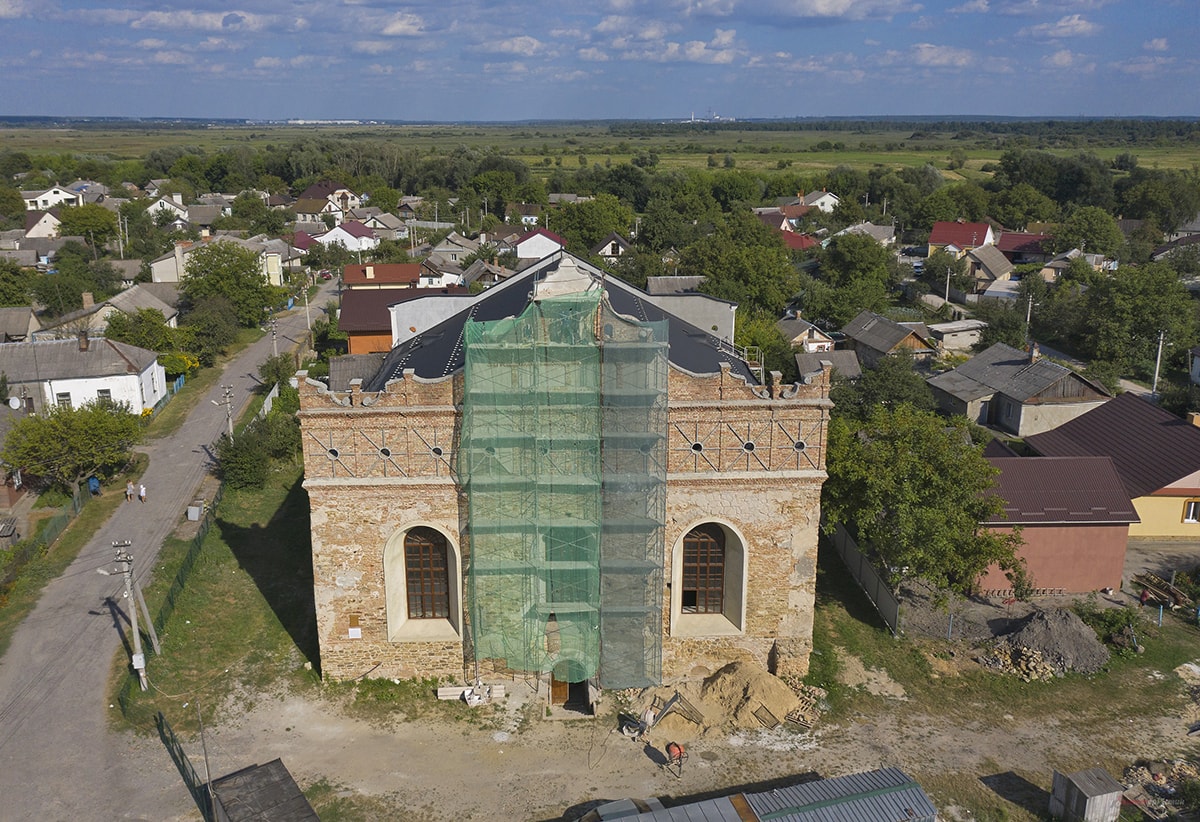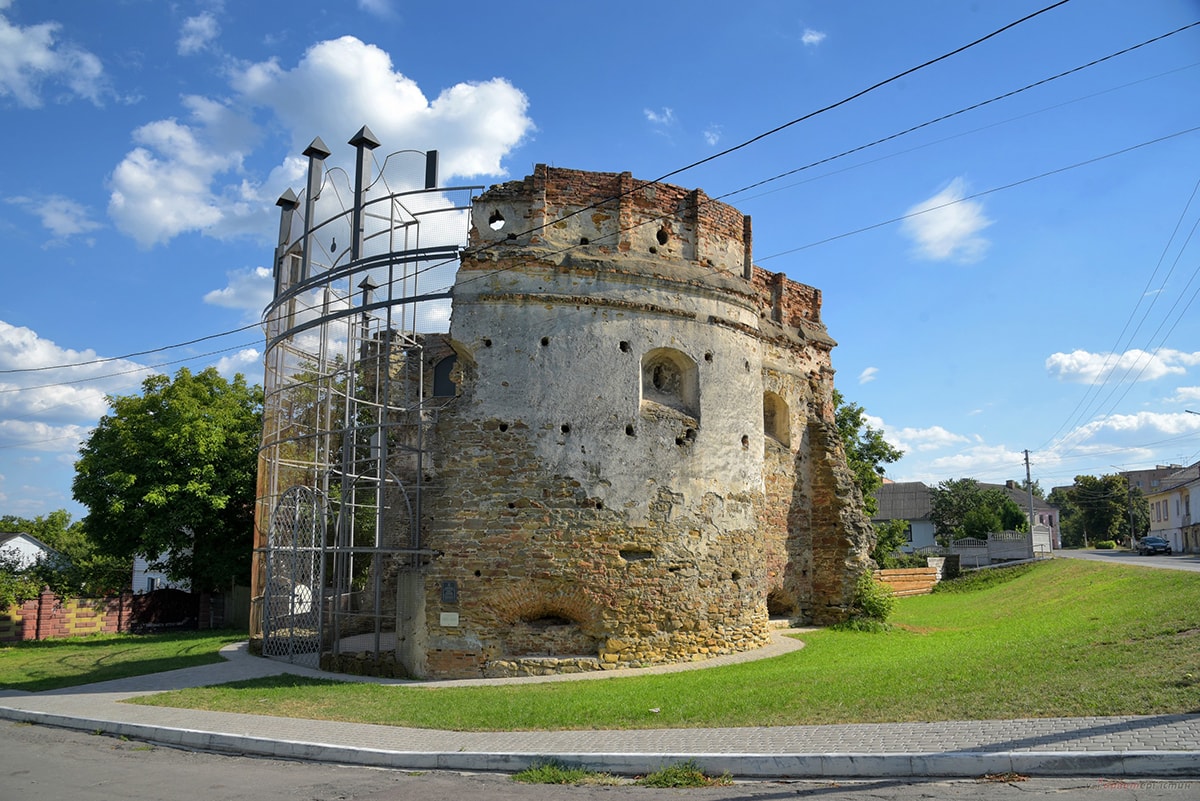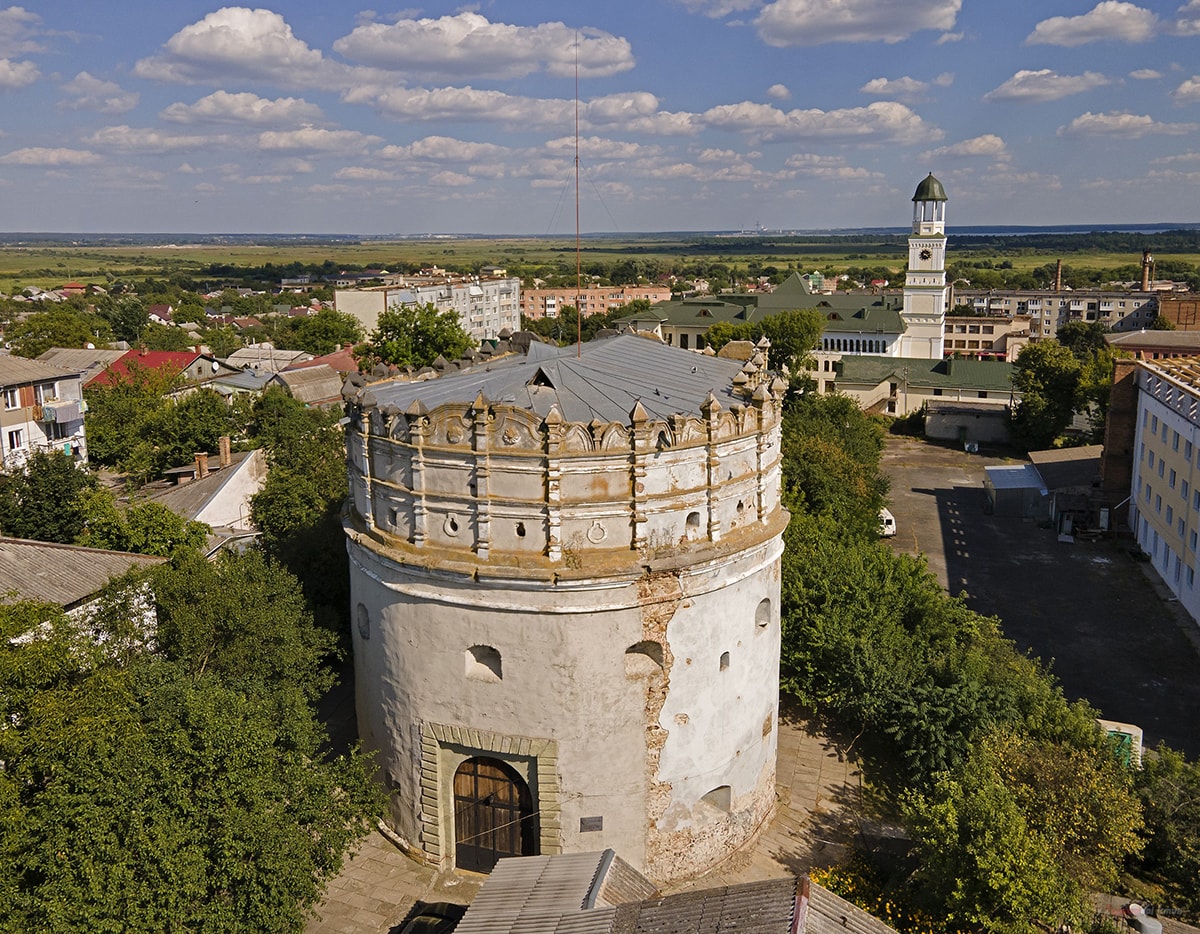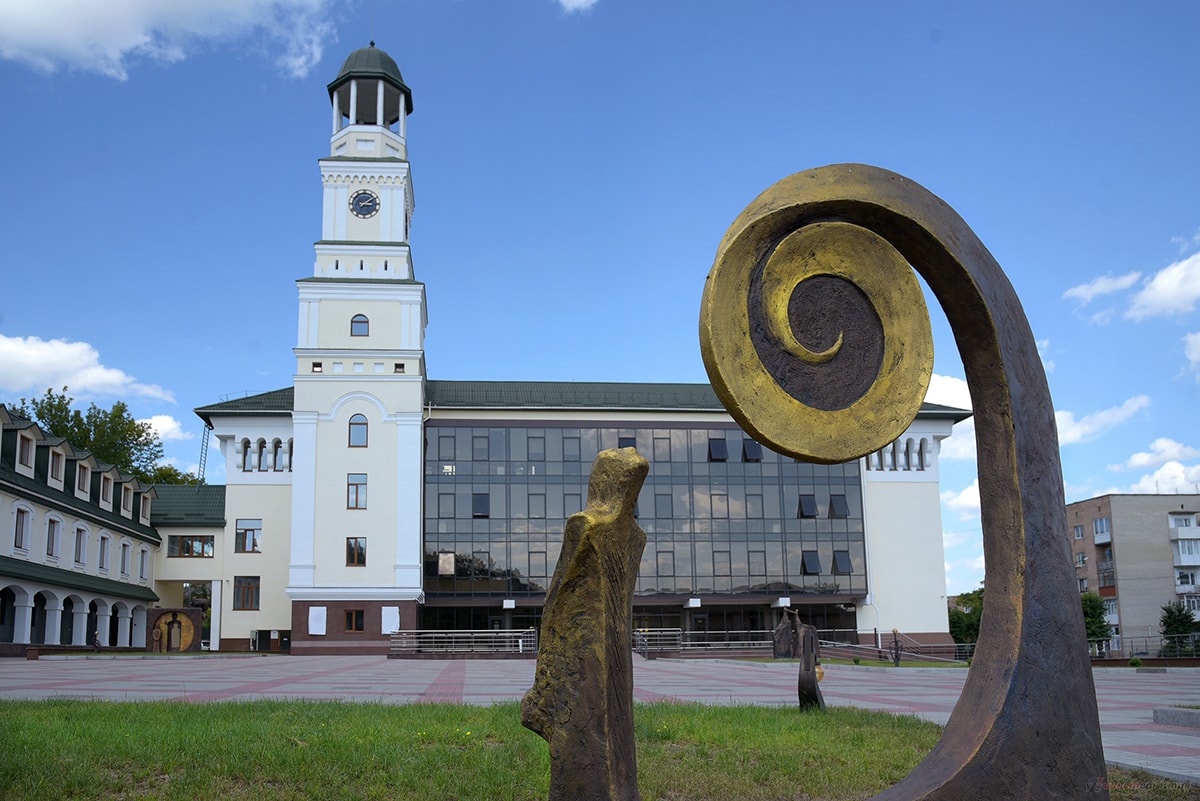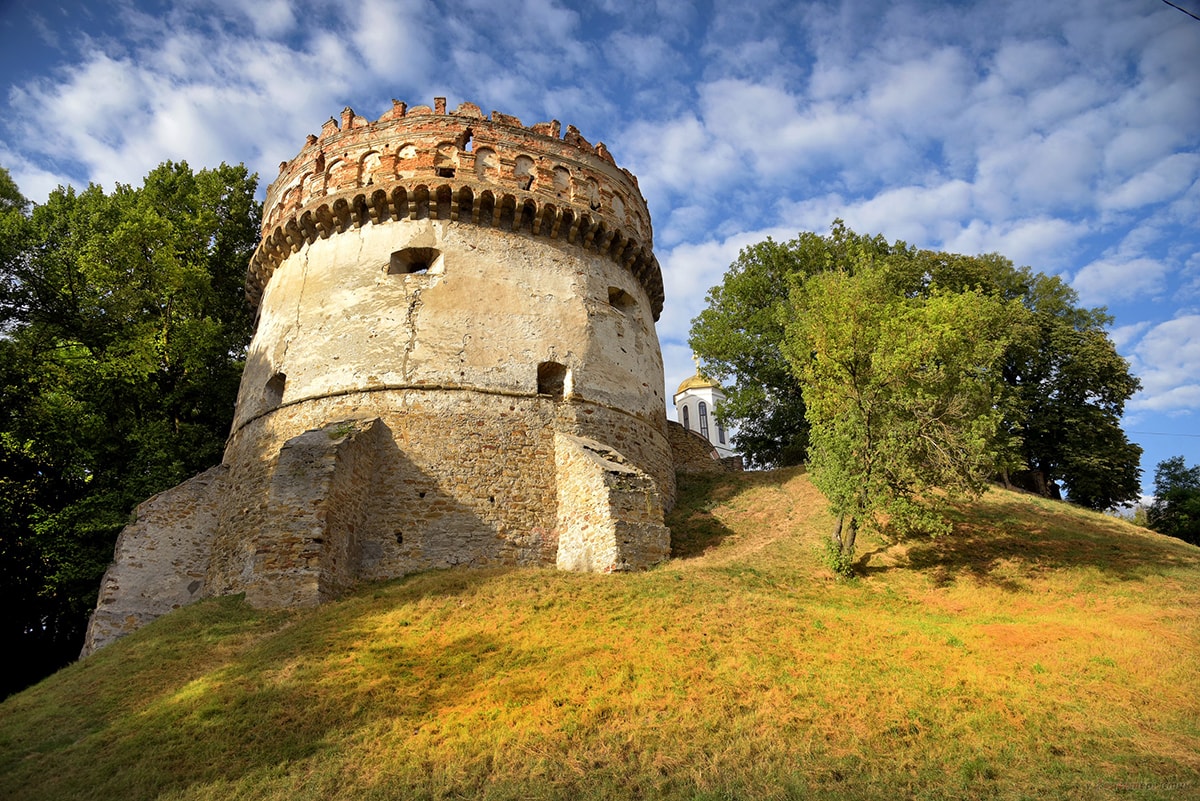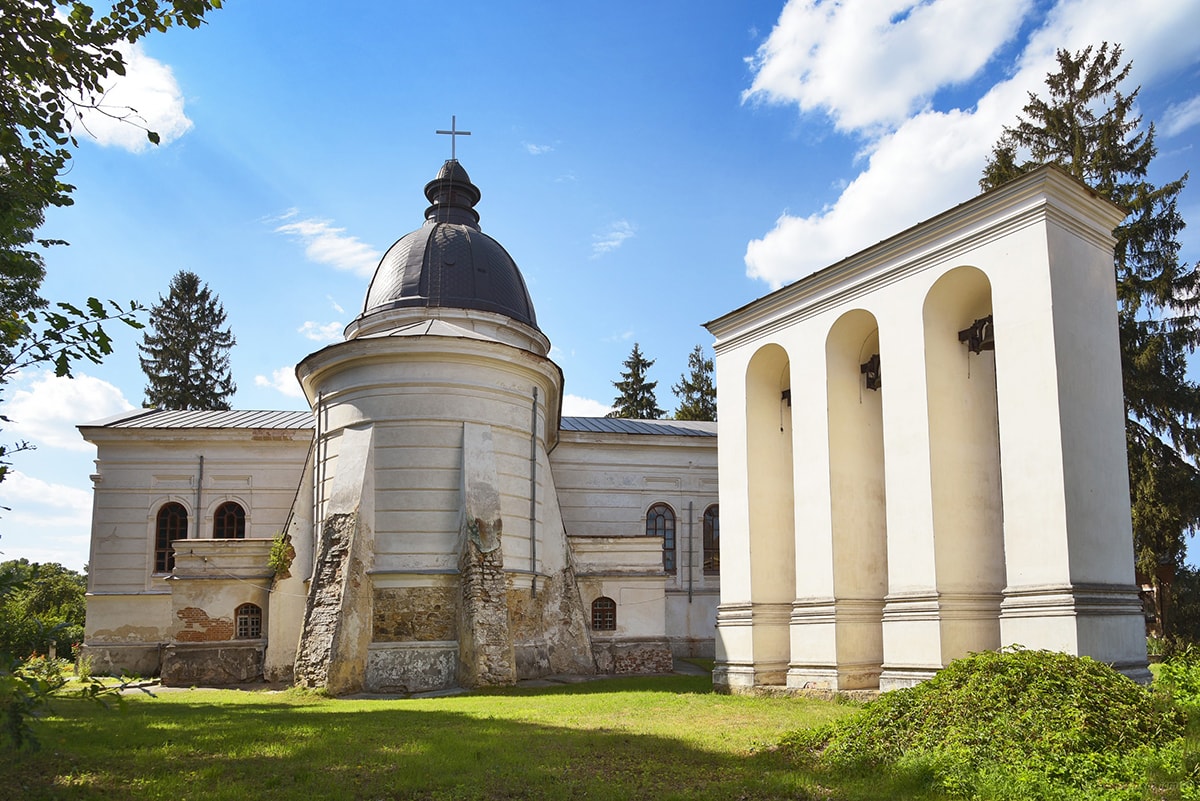
Scheinenberg’s house was built in the 1910s. The building is a striking example of the bourgeois manor architecture of Ostroh in the late nineteenth and early twentieth centuries. The exterior of the house is dominated by elements of classicism. The main entrance of the house is decorated with half-columns, which are located on the edges of the entrance.
Initially, part of the house was occupied by the printing house of Scheinenberg, and in 1920 in the house of Scheinenberg housed the editorial office of the newspaper “News of the Ostroh County Revolutionary Committee”. According to the old residents of the city, from 1921 to 1939 the building housed various institutions, including a driver’s school and a court. In 1939 the district committee of the party was located here. During the occupation of Ostroh by Nazi invaders (1941-1944), the building was occupied by the district commandant’s office of the German gendarmerie, and after the war the damaged building was repaired and housed the Ostroh branch of the USSR State Bank.
In 1988, the building was transferred to the State Historical and Cultural Reserve of Ostroh, which later housed the reserve’s storage. Since 1997, a permanent numismatic exhibition has been opened in the reserve’s storage room. The exposition is presented in one hall, where more than three thousand items are exhibited. A special place among the exhibits was occupied by robes to the icons of the XVIII-XIX centuries.

